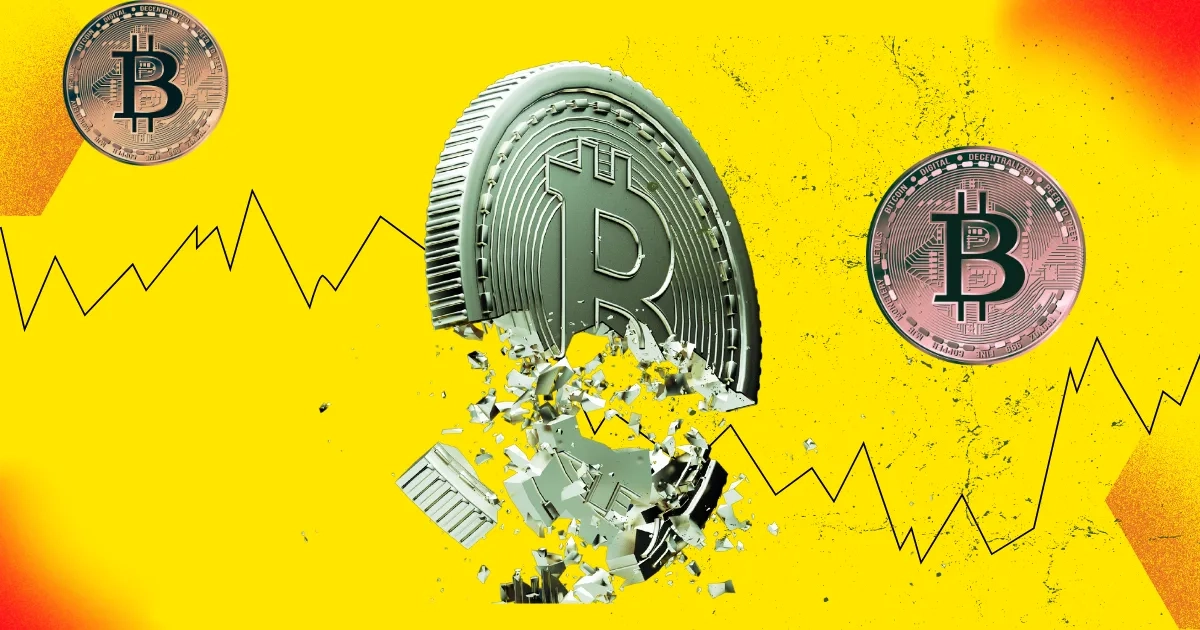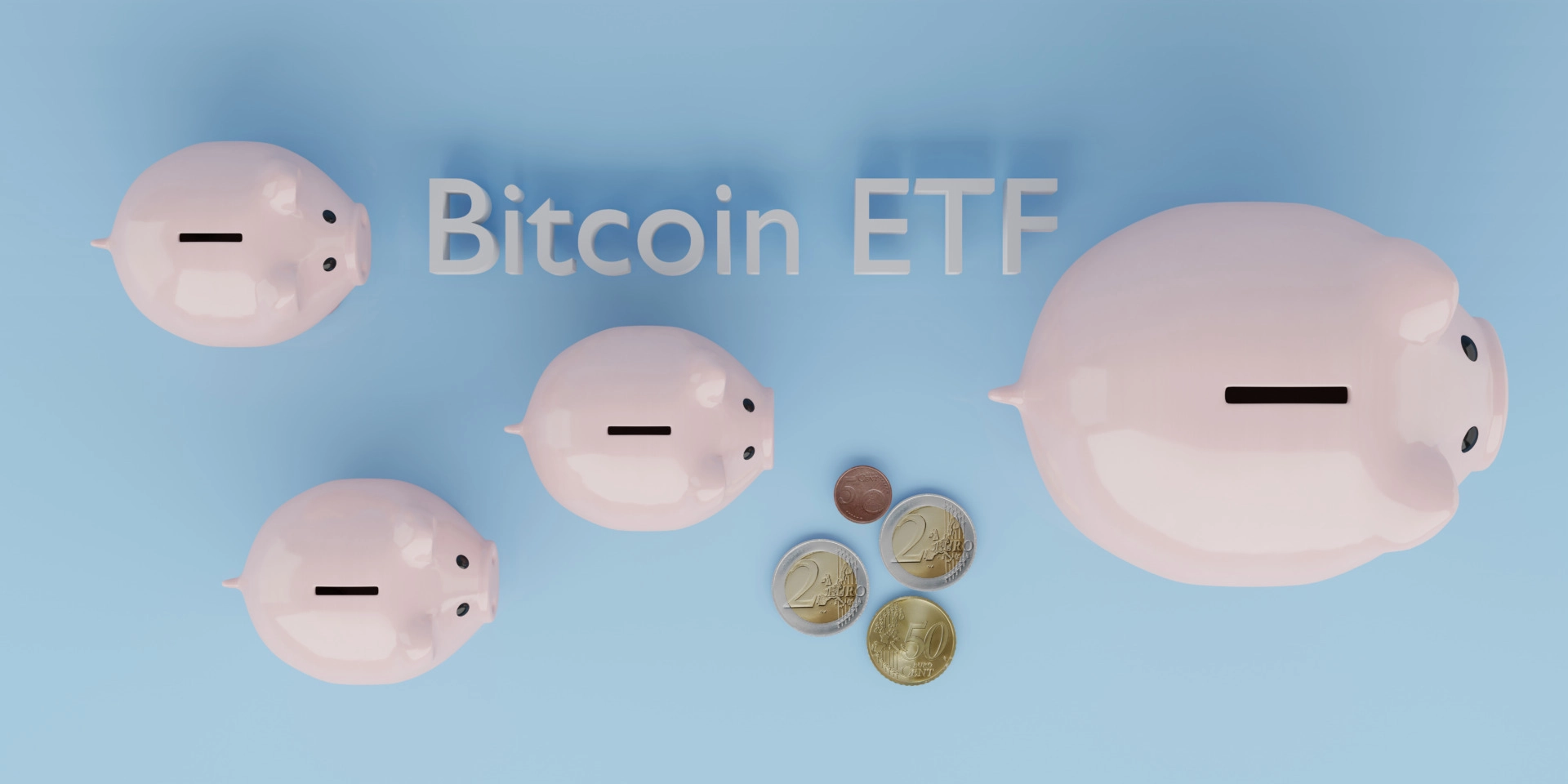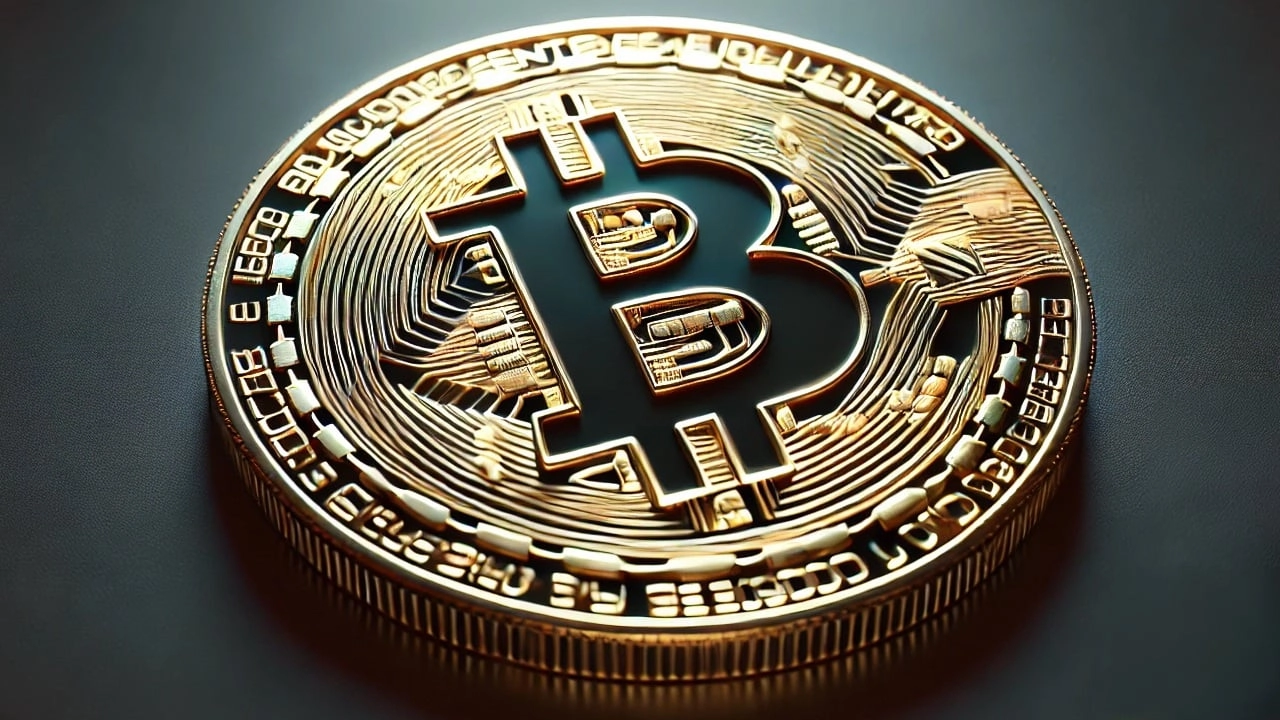- Homepage
- >
- News
- >
- Business
- >
- What the BTC bulls won’t tell you
Last week, CoinDesk reported that BTC spot ETF inflows hit $1.7 billion, meaning they now control nearly $100 billion, totaling more than 5% of BTC’s market cap.
For bullish traders, this is undoubtedly a good sign. However, there are a few things the attention-grabbing headlines and stories of untold riches to come won’t mention. In the long run, these risks could bring the entire house of cards down and doom BTC to failure.
Before I outline them, let’s begin at the time when Satoshi Nakamoto released Bitcoin.
Bitcoin is a peer-to-peer electronic cash system
If you’re relatively new to ‘crypto,’ meaning you came in around 2017 or after, you might not be aware of the full history of Bitcoin.
You see, the digital gold narrative didn’t always exist. When Satoshi Nakamoto released Bitcoin, he made it clear it was a peer-to-peer electronic cash system. You don’t need to read further than the title and excerpt of the white paper to discover that, but Satoshi’s public writings make it crystal clear.
Bitcoin’s inventor saw it as a way to pay and get paid without the need for middlemen and the costs associated with them. This would enable micropayments at scale, and the massive nodes processing the payments on the network that were run by professionals would end up in data centers.
Sensing the threat to their business models, old-money players struck back. The Bitcoin Mastercard Conspiracy isn’t well known to newcomers but is documented and verifiable. Their aim was to fund the promising startups in the space, influence them, and cripple the Bitcoin protocol – and they succeeded.
Eventually, the dispute over this caused the BTC/BCH split and the BTC as the digital gold narrative took hold in the mainstream.
Small blocks are doomed to fail
If you were to look at price charts in isolation, it would appear BTC has won and can define Bitcoin. BCH and BSV, the two versions that have tried to stay true to the original vision to one degree or another, trade at fractions of what BTC is worth. Yet, today’s price tells only part of the story.
Aside from the role of Tether, one must consider the long-term economics of Bitcoin mining and the system itself.
Looking at mining first, it’s obvious that as the block subsidy gets cut in half every 210,000 blocks or roughly every four years, less efficient miners will capitulate, and the network will centralize. Already, just three or four miners control the majority of the hash rate on BTC, and that trend will only continue as less efficient miners fold.
Yet, miner centralization is only part of the problem: What incentive will miners have to mine as the block subsidy diminishes? BTC advocates rely on‘’Number Go Up Forever“ to explain this away, but simple math and a basic understanding of how much money can realistically be deployed to HODL refute this. Eventually, miners will have no reason to keep mining a chain with fractions of a BTC in each block.
Some argue that transactions on the Lightning Network and other side chains will be batched and settled on the BTC blockchain, creating large transaction fees worth mining. Yet, Lightning Network adoption is not what its backers had hoped for and has its fatal weaknesses.
There’s no way around this. Eventually, the block subsidy will run out, and a decade or more of drumming HODL and the digital gold narrative into people’s heads has all but killed the desire to use BTC for anything other than extracting fiat gains. It’s a doomed system, but don’t expect Max Keiser or Peter Todd to tell you that.
Tether remains a potentially catastrophic risk
Setting aside the doomed economics of small blocks, BTC has another huge risk nobody likes to discuss: Tether.
BTC’s meteoric price rise started just a couple of years after Tether launched in November 2014. USDT, the world’s largest stablecoin by market cap, became a runaway success, holding more cash and cash equivalents than Apple (NASDAQ: AAPL) today, or so it claims.
The problem is nobody has ever seen definitive proof that Tether has even $1 in reserve, and we’ve seen plenty of proof that its company executives lie as they breathe. Tether once claimed it was fully backed when it didn’t even have a bank account, got itself banned from New York because of its fraudulent practices, and was fined $42.5 million by the Commodity Futures Trading Commission (CFTC) for making “misleading” claims about its reserves.
Is Tether a scam? That will be decided in time, but it’s certainly not a clean, transparent company, and there’s no guarantee it’s even partially backed by USD. Yet, corporations and governments are deciding to buy BTC with public money at valuations propped up by this shady stablecoin.
While BTC maximalists love to say, “Don’t trust, verify,” to highlight the supremacy of cryptographic proof, they’re willing to make an exception for Tether. Could that be because it’s responsible for more than 50% of BTC’s daily trading volume, and its $160 billion market cap props up the price of their net worth? The reader can answer these questions for themselves.
Big block Bitcoin is alive and well
While BTC is doomed to fail either by the revelation that Tether is a fraud, the hopeless long-term economics of the system, or both, big block Bitcoin is alive and well, and peer-to-peer electronic cash is the future.
BSV stayed closest to Satoshi Nakamoto’s original vision, and it’s showing what Bitcoin can do. With Teranode, it’s set to scale to one million transactions per second (TPS). With the restoration of the original op_codes and the introduction of the smart contracting language sCrypt to help programmers, the economic picture looks very different with big blocks.
Whereas the block subsidy will continue to diminish on BTC with nothing to replace it, big blocks full of millions and then billions of micropayments will incentivize miners to keep lending the network their hash power well into the future. Whereas BTC miners will fight over ever-diminishing scraps, BSV miners will share in an ever-growing pie as innovative apps like Sentinel Node, DXS, and Proof of ESG power the future.
As firms like UNISOT work with GS1 to bring the next generation of barcodes onto the blockchain and enterprises and governments look for scalable solutions with affordable fees, the number of transactions on BSV will explode, and big block Bitcoin will thrive.
Unfortunately, big blockers who believe in Satoshi’s vision will likely have to live through being wrong in the eyes of the market before being proven right. But as the price of BTC reaches for the stars and its promoters become more sure they have won, remember that it’s all bound to fail eventually.
Quietly and without much fanfare, the original Bitcoin is still here, still scaling, and still making it possible to build anything and everything on the blockchain, but BTC bulls won’t tell you that.
Watch: Most people don’t understand Bitcoin
title="YouTube video player" frameborder="0" allow="accelerometer; autoplay; clipboard-write; encrypted-media; gyroscope; picture-in-picture; web-share" referrerpolicy="strict-origin-when-cross-origin" allowfullscreen>




